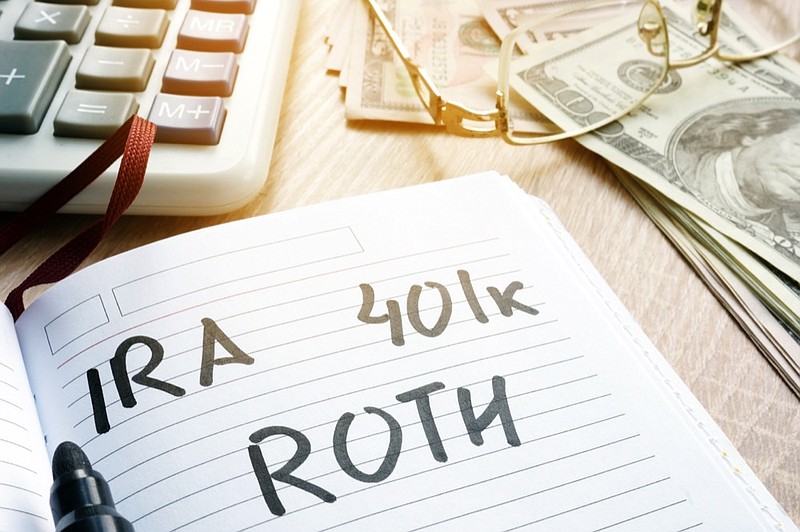America is mired in a retirement savings crisis, the consequences of which are coming into focus as more Baby Boomers retire and Gen X does the math. The demise of private employer pensions and the rise of defined contribution plans like 401(k) and 403(b) accounts has shifted the burden to the individual, and we are not keeping up. Savers need as much help as they can get, so it is important to be familiar with all the tools. One of the least appreciated supplemental retirement vehicles is the tax-free Roth IRA account.
Individual Retirement Arrangements (IRA) were first created in 1974 as part of the broader ERISA Act dealing with pensions and retirement accounts. The traditional IRA was intended to accept tax-deductible contributions or to receive assets rolled over from other retirement plans, but generally is subject to income taxation upon withdrawal, accounting for nearly $10 trillion in assets today. Then in 1997, a new and intriguing variant was introduced, called the Roth IRA account (originally tagged the "IRA Plus" but ultimately named for its chief sponsor, Senator William Roth of Delaware). While the Roth IRA may not be for everyone, it would likely be more popular if its benefits were better and more widely understood.
Contributions to a Roth account are not tax deductible, unlike a traditional IRA or 401(k), but the payoff comes later: qualified distributions from the account are 100% tax free, are not subject to any minimum required distributions during the owner's life, and may be passed along to heirs tax free as well no matter how large the account grows. Additionally, as long as one continues earning income no matter their age, they may continue to fund their account.
Anyone with earned income can fund a Roth IRA account, even if they also participate in an employer plan. For 2020 and 2021, the maximum contribution is $6,000, or $7,000 if you are age 50 or older. A taxpayer may also fund a Roth for a non-working spouse and can open an account for a wage-earning minor child as well. The ability to contribute is phased out above a certain income threshold ($206,000 for married couples filing jointly or $140,000 for individual filers in 2021). You can make your contribution any time up to the tax filing deadline (April 15 for tax year 2020), so there's still time for 2020.
Let's illustrate with an example. A 35-year-old banjo player opens a Roth and begins contributing the maximum $6,000 every year until age 65. At an assumed return of 6%, our friend will have amassed $475,000 available completely tax free. Should he choose to stop contributing at that point, his account could grow to over $1 million by age 80 and could be passed on to his children tax free as well, outside of his estate (just compensation for their ordeal).
What's the catch? Not much, really. You must be over 59 to begin qualified distributions of your earnings, and the account must have been open for five years. However, and this is key (particularly for banjo players): contributions (excluding earnings) to a Roth account may be withdrawn at any time without penalty, regardless of age. This is quite different than for traditional IRAs that impose a penalty on early withdrawal and makes the Roth much more attractive for investors who may hesitate at locking up retirement funds. It's hard to see a downside.
A Roth IRA can also be funded by converting assets from traditional IRAs subject to tax liability; more on this in a later installment. But for savers looking for a flexible and powerful way to amp up their retirement security, don't overlook the Roth IRA.
Christopher A. Hopkins, CFA, is a vice president and portfolio manager for Barnett & Co. in Chattanooga.

